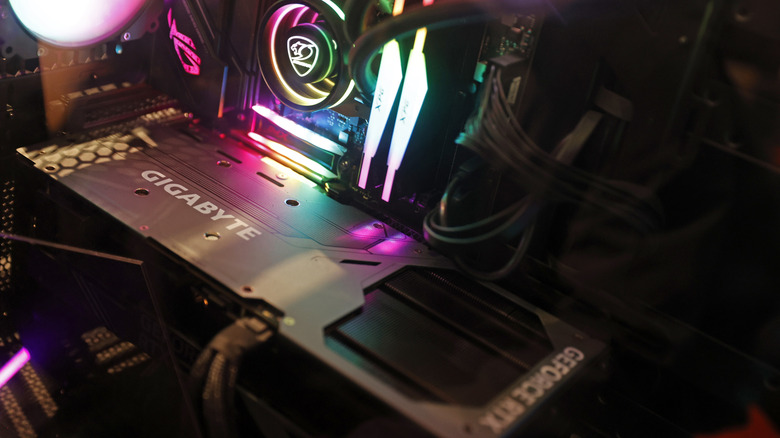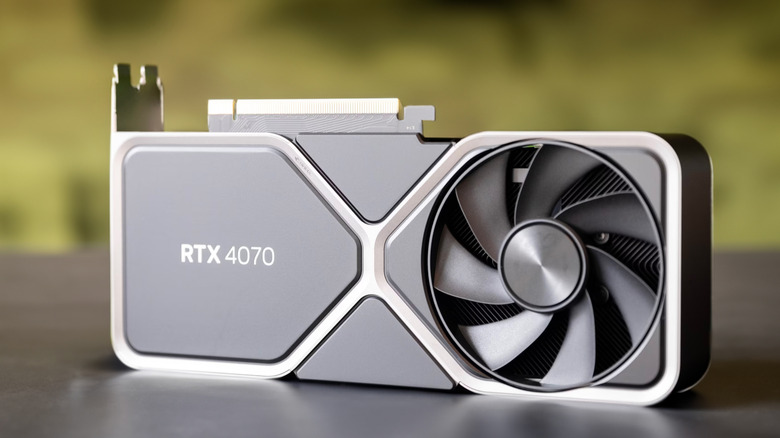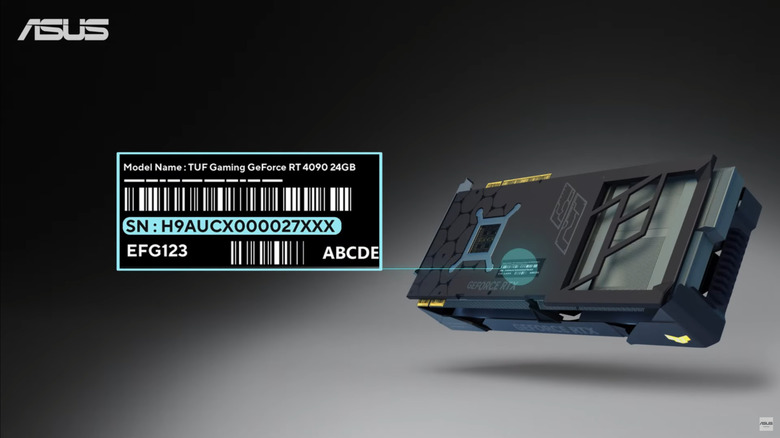How To Find Your GPU's Serial Number (And Why You Might Need To)
If you've ever need to access your GPU SN (serial number) or PPID (piece part ID), and you're feeling stumped, you're not alone. While hardly ever a problem for laptop users, this is a question that might come up if you own a desktop PC. Even experienced PC builders often react with a "huh, where's that thing?" when faced with that questin. Fortunately, there are many different ways to find your GPU SN and PPID, and I'll walk you through them below.
The most common reason why you might need your SN/PPID is usually pretty upsetting. It's generally warranty claims or the return merchandise authorization (RMA) process. Most manufacturers will ask you for the SN to verify warranty status before they decide to repair or replace your GPU. You might also be asked for it when speaking to tech support. Fortunately, there's also a happier side to that coin: You might need the SN/PPID to register your GPU, which can sometimes extend your warranty or give you a freebie (such as a game). If you ever choose to resell your GPU, the SN can come in handy to help track it back to you as an owner or to prove that it's a genuine card.
When it comes to the PPID, it's sometimes used interchangeably by manufacturers, but you may also be asked for it specifically. This usually happens in rare cases like if a batch of GPUs is recalled, because the PPID refers to more than just one single card, whereas the SN is unique to your specific GPU.
How to find your GPU serial number in Windows
Every manufacturer's SN looks different, so you might have to look carefully for either digits or numbers and letters (anywhere between 10 and 20 characters). Asus' GPU SNs have a mix of both and a total of 15 characters; meanwhile, EVGA's start with two letters followed by 14 digits.
There are a couple of ways to look up your GPU's SN without physically inspecting the graphics card, but I'll warn you right now that a lot of them might not work for you. Some methods will show you the GPU model but not the serial number. While other sources might tell you that you can look up the SN in the Windows Device Manager or by typing a command in the Command Prompt, most of the time, this isn't true. This will give you the description (your GPU model) and the device ID, which is a hardware identifier used to help Windows load drivers. It won't necessarily reveal the SN. You can still try to find it in Device Manager by right-clicking on your GPU, going to "Properties," then "Details," and "Hardware IDs." If that didn't work, then this leaves two viable ways to try without physically removing your GPU and looking at the actual component.
Start by checking your GPU manufacturer's proprietary software. MSI Center, Asus Armoury Crate, Gigabyte Aorus Engine, Zotac Firestorm, and EVGA Precision X1 should all display the SN — look under "system info" or "device settings." If your GPU's manufacturer doesn't share the SN/PPID via proprietary software, you can try to download GPU-Z and see if you can find it through there. More often than not, you won't, but it's worth a try.
Where to find your GPU serial number on the actual card
Physically inspecting the GPU, the warranty, or the box that the card came in is the easiest way to find the serial number. This is why keeping the box can be a good idea, or at least cutting out the part that contains the SN/PPID. However, for RMA purposes, you may be asked to use the box the card came in if available anyway.
If you no longer have the box or the warranty, the good thing is that every GPU will have its serial number printed on the actual graphics card. Unfortunately, inspecting it this way means that you'll need to power down your PC, turn off the voltage switch on the back, unplug everything, and ground yourself, then open the case and remove the GPU. We have a detailed guide on the right way to clean your GPU, which will walk you through the process of removing it and putting it back in. Once you have the card in hand, finding the SN is easy. It'll usually be a physical label on the backplate or rear of the card, often near the PCIe connector; alternative locations include the side of the card (facing outward, on the edge of the cooler or shroud), or even on the PCB itself.
Asus, EVGA, MSI, Zotac, PowerColor, and Nvidia all place the serial numbers somewhere on the backplate. Simply removing your GPU and flipping it over will make it easy to spot. Meanwhile, Gigabyte and Sapphire place it on the backplate or on the PCB, near the PCIe interface. I haven't found any concrete information for GPU brands like XFX, PNY, Palit, or Gainward, so your best bet is trying one of the most common locations I previously described.


